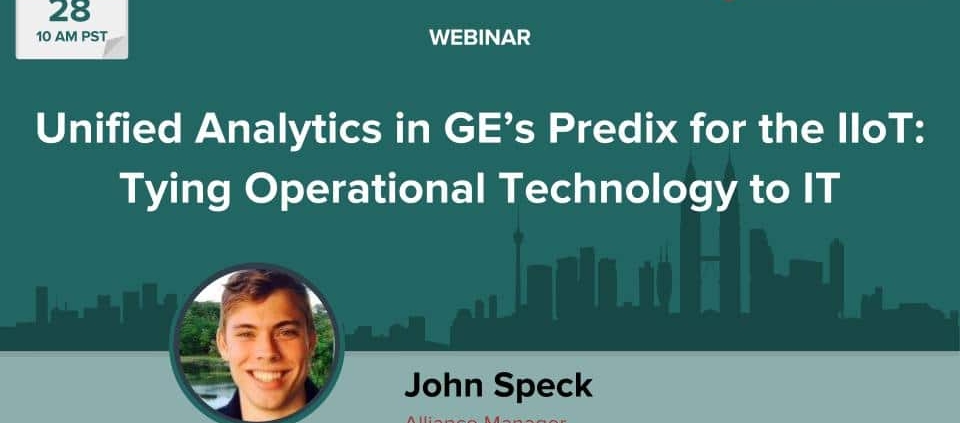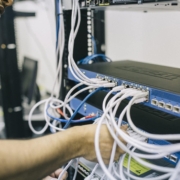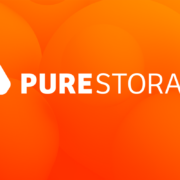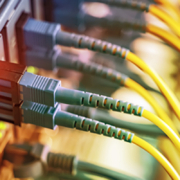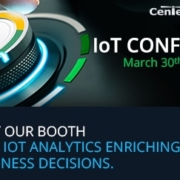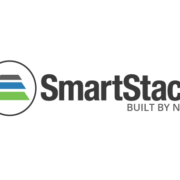Real-Time Performance Analytics for Industrial IoT: Engaging Operational Technology
The Lack of Real-Time Performance Analytics in Industrial IoT
In our latest webinar, presented by Altoros, we look at the looming challenge in Industrial IoT of not only connecting and managing operational technology (OT), but how to connect them meaningfully and reliably to the traditional IT and business processes they power.
For those who may not know, OT comprises the hardware and software systems that monitor and control physical equipment. It includes devices, sensors, and software that identify and detect a change in physical devices, processes, and events within an enterprise IT infrastructure.
Alliance Manager John Speck explains how Centerity is simplifying Industrial IoT environments by providing a single console for managing connected devices, monitoring IT system performance, and watching the flow of data throughout the entire ecosystem.
A Single Pane of Glass

“What’s crucial is translating technology data into business meaning,” John explains. “You have to look at the environment holistically, so you can see every potential point of failure and see the impact of one aspect on another. Once you’ve aligned all the devices within an IIoT infrastructure and the applications on either the edge, cloud or on-prem, then you can represent all of it as a business service instead of just seeing silos of data.”
Challenges and Requirements
IIoT environments are necessarily complex:
- Multiple communication methods complicate connectivity and interoperability
- Diverse data models increase ecosystem management complexity
- Service use case and ecosystem definitions change after deployment
- Custom-made sensors and actuators are expensive
There are also critical requirements to meet:
- Dynamic ecosystem scalability and maintenance
- Adjusting COTS devices to the ecosystem’s security and communication requirements with no firmware changes
- Secure device intercommunication across the entire ecosystem
- Potential need to switch out devices and change protocol methods over time, resulting in a constant flux of data types and flows
In the end, there’s a requirement for wide connectivity support for almost any communication method, protocol, and IT technology. So, you need a single abstract service model that translates IoT device data models at runtime into business and operational service views. Another key aspect is a connected abstraction layer that manages disparate devices through an API translator. Then you can combine your common abstract language with all the device-specific languages and low-level code. The result is a look at performance data that is presented according to business processes.

An End-to-End Approach
Centerity gives you the ability to scan, discover, and add any device/app on the network, then visualize the environment end-to-end, correlate performance data from every technology layer, and integrate the platform with any associated service to feed data to. This could be a service desk, an ERP system, or whatever you have using the data. Then, you can organize the environment to analyze it through the single pane of glass, according to whatever is most critical to running your business.
So, bridging Operational Technology and IT allows for improving business/process health with minimal unplanned downtime. As a result, mean-time-to-repair decreases while improving efficiency and troubleshooting process and enabling a proactive approach of an IoT/IIoT deployment.
View Original Post at Altoros.com

